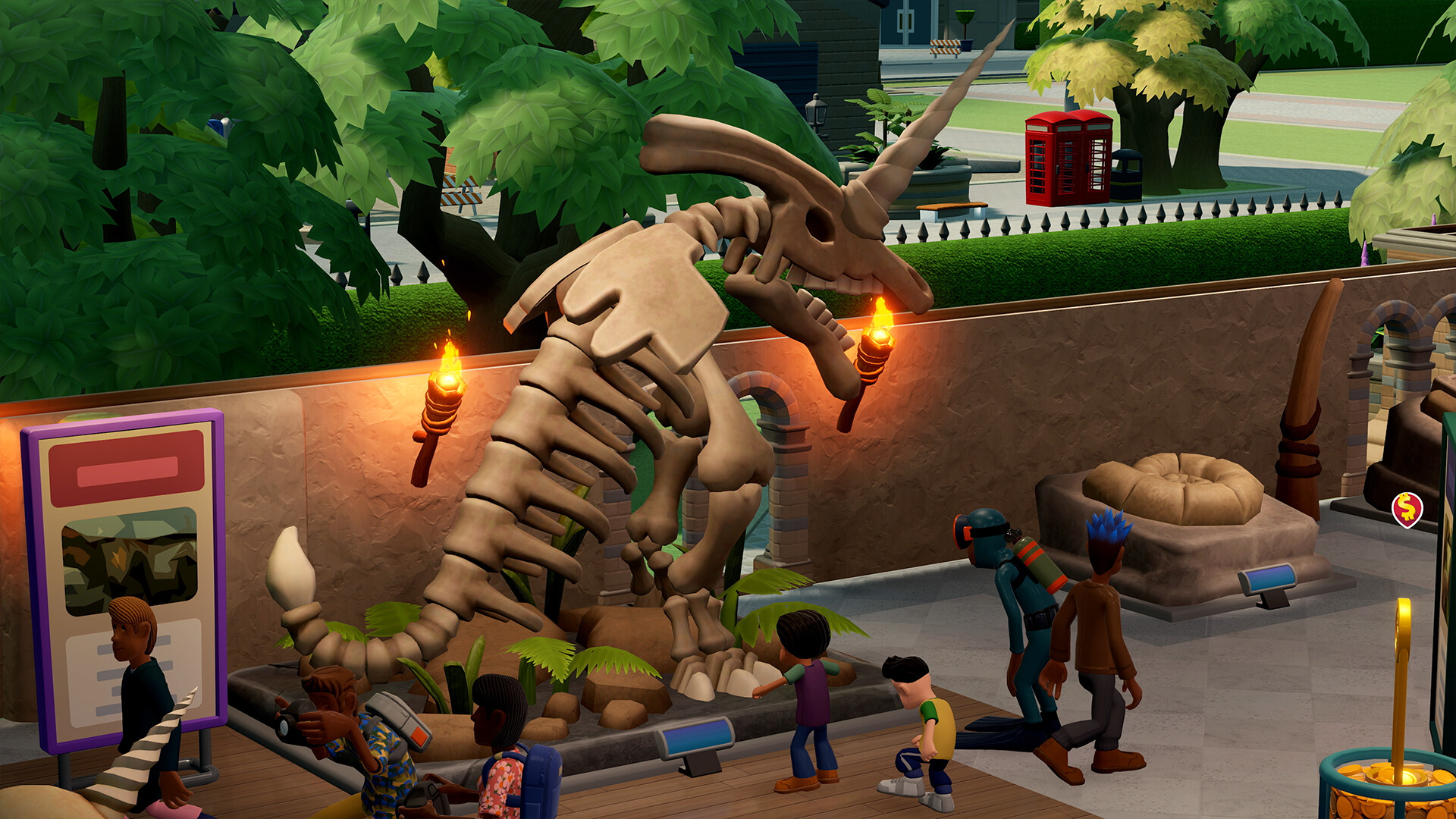Dead animals speak thanks to an AI museum exhibition: 'Can we change the public perception of a cockroach by giving it a voice?'
If a dead lion could speak we still wouldn't understand it, etc, etc...

I've always been a little freaked out by talking museum exhibits. As someone who spent my childhood wandering around WW2 exhibitions, I have been confronted many a time by a horrifying wax work in a helmet exclaiming his disapproval of the Axis in over-acted Shakespearean tones.
"But what about the animals?", said no-one in particular. Well, thanks to the power of AI™, a new exhibition at Cambridge University's Museum of Zoology is bringing speech to dead animal exhibits (via The Guardian). And these aren't just pre-recorded monologues either—long-expired creatures and models can "converse by voice or text through visitors’ mobile phones."
Essentially, an AI is fed details on each exhibit's life (including its journey since, err, death), along with information about the species as a whole. It then generates engaging and informative speech that's capable of changing in tone and language to suit the age and nationality of the person the exhibit is talking to, creating a plethora of what I can only imagine are mildly culturally insensitive stereotypes of various animals by the region in which they lived.
The mallard sounds like a Brit, and the koala, an Australian, apparently. I don't know why we Brits got the waterbird, but there's a joke in there somewhere about dead ducks and our current international standing as a nation. Anyways, you talk to the dead animals, and the dead animals talk to you. Sweet!
“When you talk to these animals, they really come across as personalities, it’s a very strange experience” said Jack Ashby, the museums assistant director. “I started by asking things like ‘where did you live?’ and ‘how did you die?’, but ended up with far more human questions.”
Even less well-loved animals like insects get a look in, and Ashby seems to hope that, by talking to one directly (or at least, an AI trained to "think" like one), it might change some perspectives as to how we perceive these creatures in our day-to-day lives:
“Part of the experiment is to see whether, by giving these animals their own voices, people think differently about them. Can we change the public perception of a cockroach by giving it a voice?”
Keep up to date with the most important stories and the best deals, as picked by the PC Gamer team.
I honestly don't know. I'd probably be less inclined to squish one if it spoke to me in a charming Belgian lilt, but in terms of museum exhibits it certainly beats a stuffed one staring at me voiceless from its glass tomb.
The project was devised by Nature Perspectives, the company behind the AI models that allow the dead to speak. The exhibition itself will run for a month, presumably as an initial testing period, although if it's a success I'd personally like to see it widened out to a variety of other museums.
Why limit it to animals, that's what I reckon. That would have made my childhood really exciting. Just picture this:
"I, the mighty Spitfire, once soared over the skies of Great Britain, the glorious thrum of my Rolls-Royce Merlin engine resonating over the green hills below. Innit mate."
Best gaming PC: The top pre-built machines.
Best gaming laptop: Great devices for mobile gaming.

Andy built his first gaming PC at the tender age of 12, when IDE cables were a thing and high resolution wasn't—and he hasn't stopped since. Now working as a hardware writer for PC Gamer, Andy spends his time jumping around the world attending product launches and trade shows, all the while reviewing every bit of PC gaming hardware he can get his hands on. You name it, if it's interesting hardware he'll write words about it, with opinions and everything.


